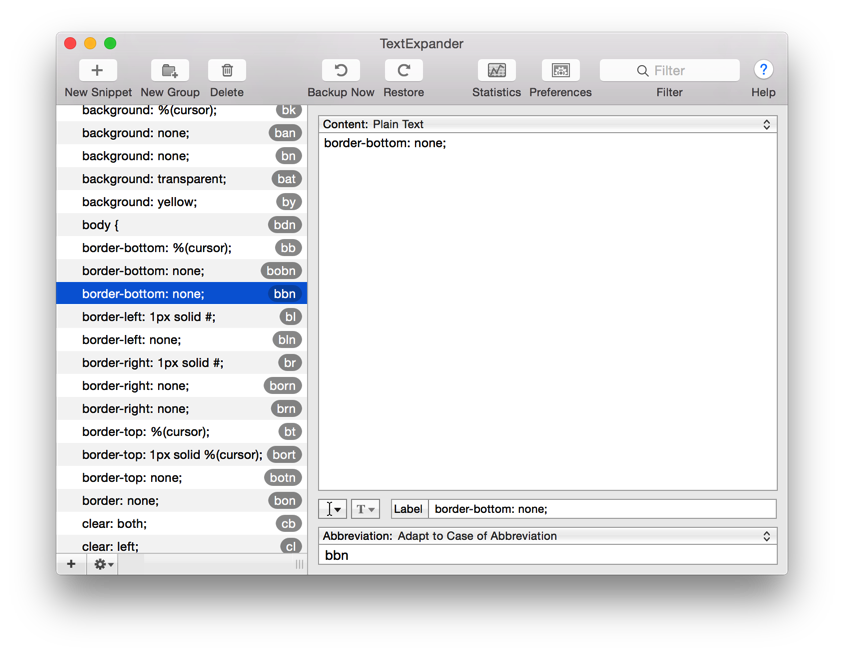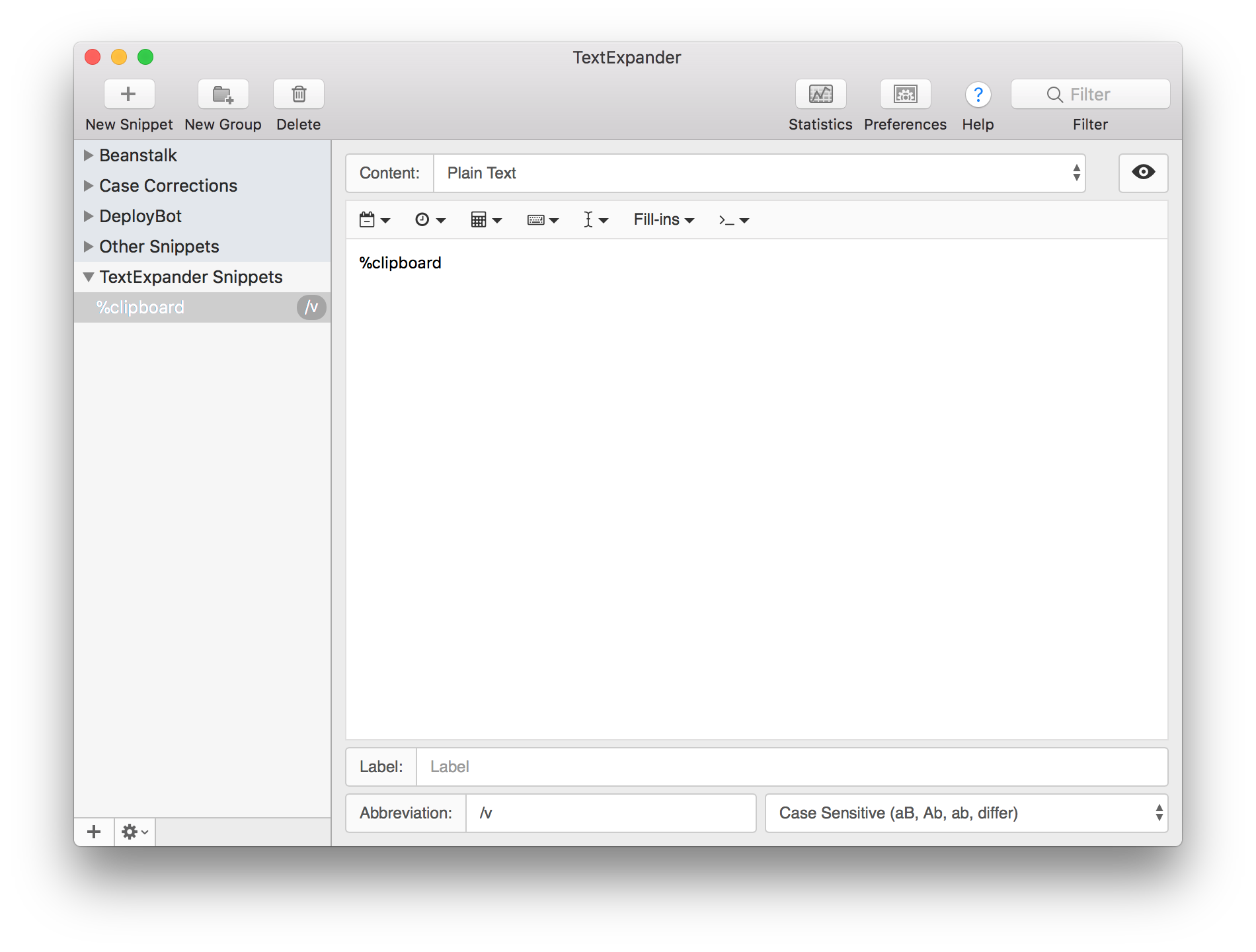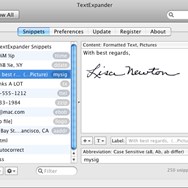
you can set the cursor to a user-defined position.

you can carry out simple date/time manipulations (e.g., adding five days to the current date).you can get time and date in different formats (e.g., October 1, 2019 or 10/01/19).you can define drop down or pop up menus to choose from user-defined options.you can format the output using rich text format.you can access the current content of the clipboard with %clipboard.As I mentioned earlier, TextExpander itself has already a number of powerful built-in features that can help you in a wide range of cases. When Does a Script in TextExpander Make Sense?īefore we jump into the nitty-gritty, let’s have a look at when it makes sense to use scripts. Try to make changes and adapt them to your needs.Įven if you don’t have any experience with coding, you’ll find it super easy to make your own power snippets.
#TEXTEXPANDER SUPPORT CODE#
I encourage you to have a look at the code and play around with the scripts. The scripts I show in this blog post will use basic code blocks that you can use to build your own snippets.
#TEXTEXPANDER SUPPORT HOW TO#
Here I will show a couple of simple but powerful examples of how to use this feature. This adds another level to the already excellent TextExpander experience. You can use snippets to initiate your own scripts.


For an extensive video guide on all TextExpander features, have a look at this Asian Efficiency post.īesides these standard features, TextExpander can do even more. You can even carry out basic date manipulation and use text from the clipboard. You can expand them into email signatures with logos and contact information, as well as predefined complex text structures (e.g., canned email responses, contracts, FAQs, etc.) that include drop-down lists to adapt the snippets for individual cases. It can be used to easily access special symbols like €, £, ⌘ or ↑. You can define shortcuts for your address, email or telephone number. TextExpander is an incredibly useful tool that expands user-defined text abbreviations (called snippets) into more complex pieces of text. He is a Lecturer (Assistant Professor) in Robotics at the University of Bristol (UK), a father of three little boys, and a productivity geek. He shares his tips and tricks on how to work smart and be remarkable from his view point as an academic on his blog and you can find him on Twitter.


 0 kommentar(er)
0 kommentar(er)
